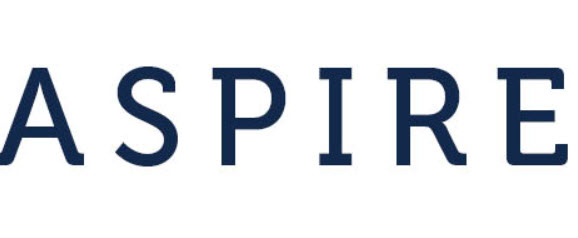Love.
 It’s not what makes a Subaru a Subaru. But it is what makes for good brand strategy discovery. When you delve into what people hold most dear about brands and behaviors you’re in special, activating territory. I’m not talking about most of the time people use the word love in a sentence, I’m talking about real love. Arm tingling love. Love you can actually feel when talking to consumers. Those are the discussions you want to have.
It’s not what makes a Subaru a Subaru. But it is what makes for good brand strategy discovery. When you delve into what people hold most dear about brands and behaviors you’re in special, activating territory. I’m not talking about most of the time people use the word love in a sentence, I’m talking about real love. Arm tingling love. Love you can actually feel when talking to consumers. Those are the discussions you want to have.
And, honestly, you can’t just ask “What do you love about your car?” Or “What frozen pizza do you love for dinner?” You have to get to the real love discussion organically. Steer the convo in a that direction. Probe for great times. Great experiences. Use your Galvanic Skin Response tool (just kidding) to feel the (interviewee’s) love. Then fuel it. Add more kindling.
This is fertile territory for brand discovery. For human discovery. For feelings discovery.
Peace.








